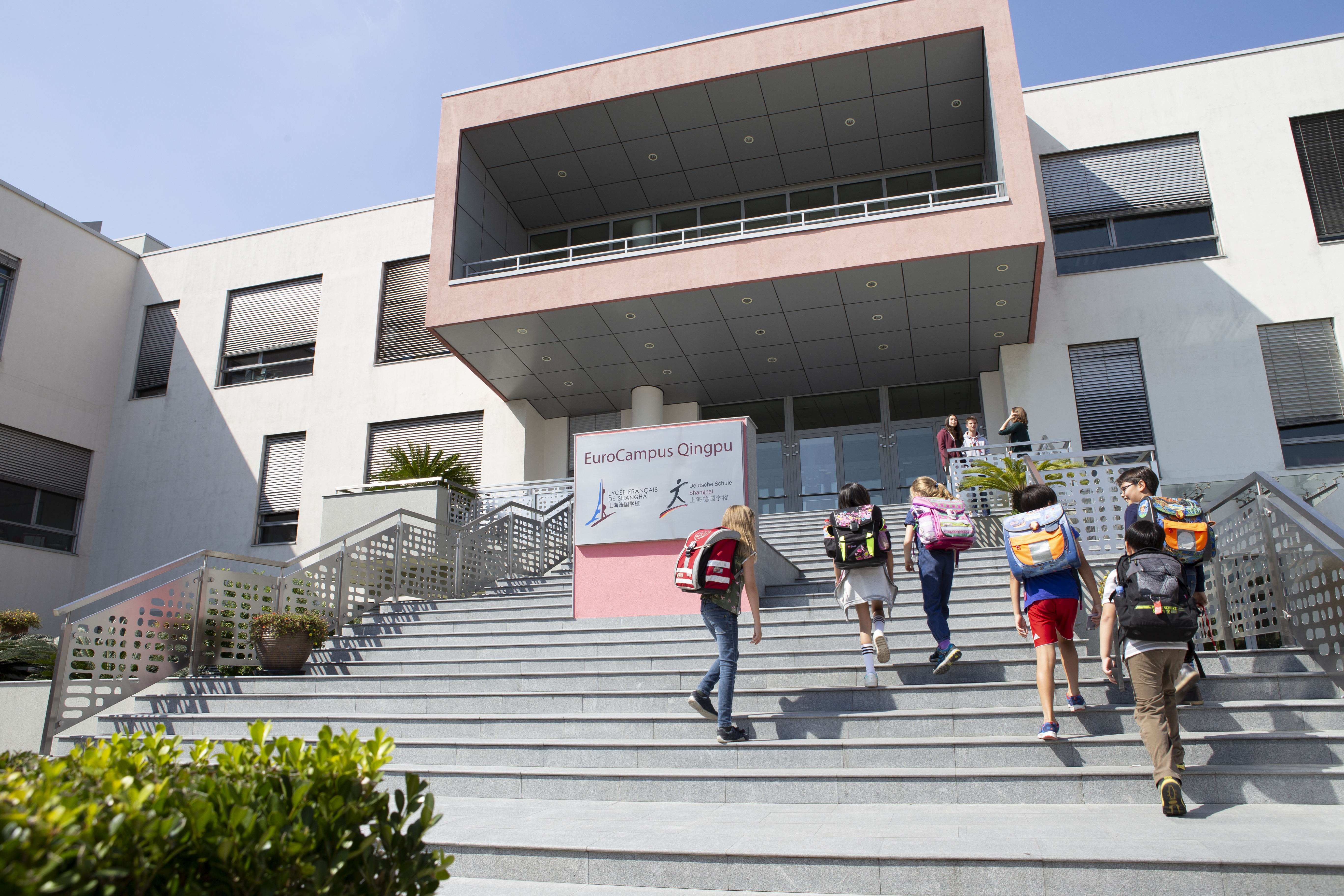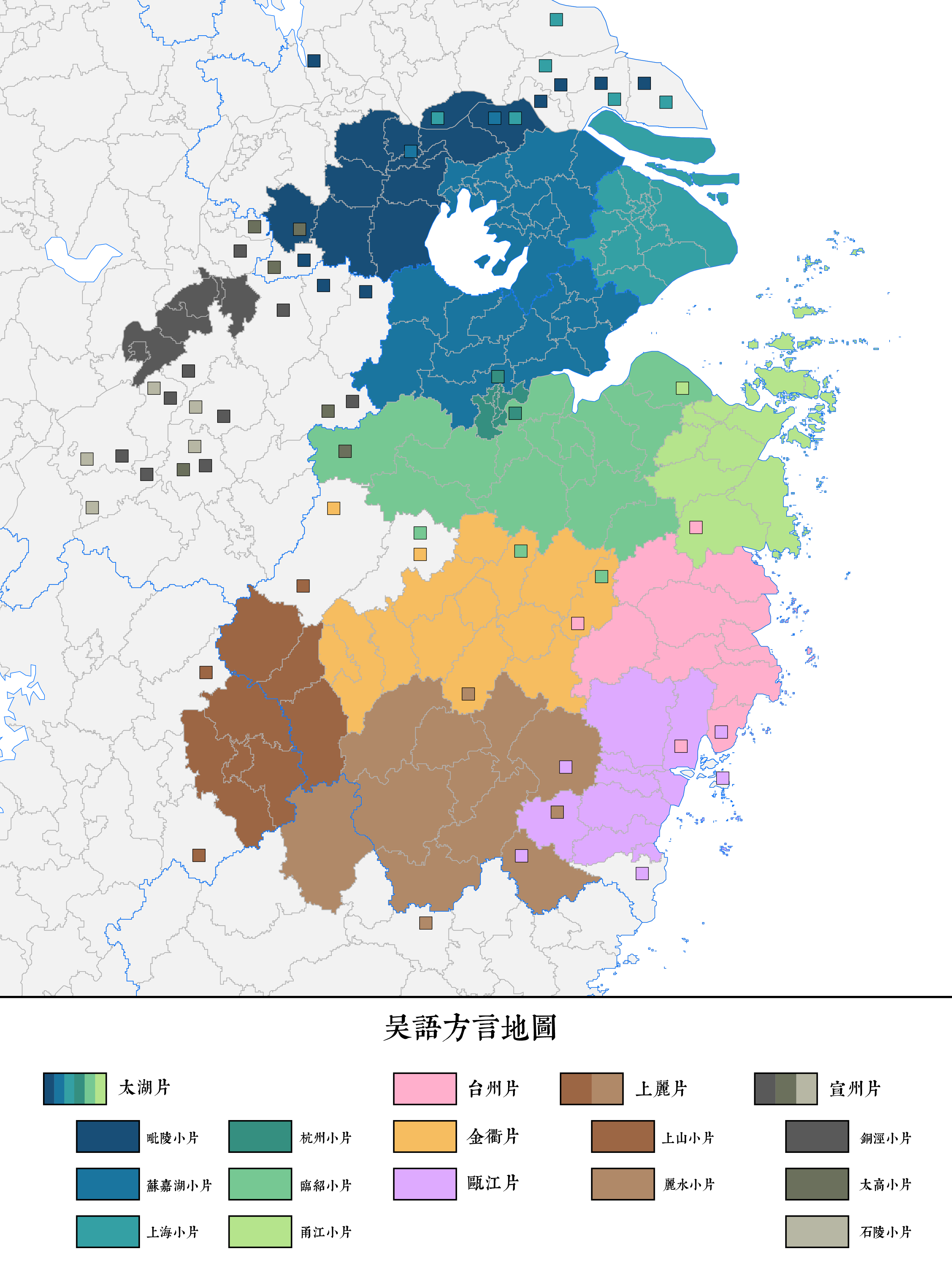|
Qingpu District
Qingpu District, is a suburban district of Shanghai Municipality. Lake Dianshan is located in Qingpu. The population of Qingpu was counted at 1,081,000 people in the 2010 Census. It has an area of . Qingpu District is the westernmost district of Shanghai Municipality; it is adjacent to Jiangsu and Zhejiang Provinces. Around the lake are a number of tourist scenic areas, all complete in tourist facilities. Among the tourist areas is the waterside town Zhujiajiao, a major tourist destination in the Shanghai region. There are currently 21 domestic travel services, three international travel business departments, 14 star-rated hotels, and 3 AAAA-grade tourist spots in Qingpu District. Transport * Line 17 (Shanghai Metro) * China National Highway 318 Tourism Qingpu's tourist attractions include the Zhujiajiao Ancient Town, Oriental Land, Jinze Ancient Town, Lake Dianshan, and the Qushui Garden. Economy The China offices of Oishi are located here. Culture Baihe, the ol ... [...More Info...] [...Related Items...] OR: [Wikipedia] [Google] [Baidu] |
District (China)
The term ''district'', in the context of China, is used to refer to several unrelated political divisions in both ancient and modern China. In the modern context, district (), formally city-governed district, city-controlled district, or municipal district (), are subdivisions of a municipality or a prefecture-level city. The rank of a district derives from the rank of its city. Districts of a municipality are prefecture-level; districts of a sub-provincial city are sub-prefecture-level; and districts of a prefecture-level city are county-level. The term was also formerly used to refer to obsolete county-controlled districts (also known as district public office). However, if the word ''district'' is encountered in the context of ancient Chinese history, then it is a translation for ''xian'', another type of administrative division in China. Before the 1980s, cities in China were administrative divisions containing mostly urban, built-up areas, with very little farmlan ... [...More Info...] [...Related Items...] OR: [Wikipedia] [Google] [Baidu] |
German School Of Shanghai
The German School Shanghai (DSSH) (german: Deutsche Schule Shanghai) is a private school in Shanghai, with locations in Hongqiao (DSSH) and Yangpu (DSSY). It was established in 1995 for expatriate German pupils. With approximately 1,250 pupils the school is the largest German School in China one of and the largest of its kind worldwide. Academics are based on education in Germany, finishing with the Abitur. The school contains: *Kindergarten *one-year preschool *four-year elementary school (Grundschule) *eight-year secondary school (Hauptschule, Realschule and Gymnasium) The German School Shanghai and the French School of Shanghai (LFS) built a new combined Eurocampus for their students in Hongqiao, completed in 2005. In September 2007 the Pudong Campus was opened, which is a branch of the DSS. In January 2020 the Pudong school community moved to a newbuilt Campus in Yangpu, the second Eurocampus in Shanghai. See also *List of international schools in Shanghai *List of ... [...More Info...] [...Related Items...] OR: [Wikipedia] [Google] [Baidu] |
Xiayang Subdistrict
{{geodis ...
Xiayang may refer to the following locations in the People's Republic of China: * Xiayang Lake (下洋湖), a lake in Huangshi, Hubei * Xiayang, Hunan (霞阳镇), town in Yanling County * Xiayang, Guangdong (下洋镇), town in Xuwen County Fujian * Xiayang, Nanping (峡阳镇), town in Yanping District * Xiayang, Yongchun County (下洋镇), town * Xiayang, Yongding County (下洋镇), town * Xiayang Township (夏阳乡), Mingxi County Mingxi County () is a county of Sanming City, Fujian Fujian (; alternately romanized as Fukien or Hokkien) is a province on the southeastern coast of China. Fujian is bordered by Zhejiang to the north, Jiangxi to the west, Guangdong to ... [...More Info...] [...Related Items...] OR: [Wikipedia] [Google] [Baidu] |
Shanghainese
The Shanghainese language, also known as the Shanghai dialect, or Hu language, is a variety of Wu Chinese spoken in the Districts of Shanghai, central districts of the Shanghai, City of Shanghai and its surrounding areas. It is classified as part of the Sino-Tibetan language family. Shanghainese, like the rest of the Wu language group, is mutually unintelligible with other varieties of Chinese, such as Mandarin. Shanghainese belongs a separate group of the Taihu Wu subgroup. With nearly 14 million speakers, Shanghainese is also the largest single form of Wu Chinese. Since the late 19th century it has served as the lingua franca of the entire Yangtze River Delta region, but in recent decades its status has declined relative to Mandarin, which most Shanghainese speakers can also speak. Like other Wu varieties, Shanghainese is rich in vowels and consonants, with around twenty unique vowel qualities, twelve of which are phonemic. Similarly, Shanghainese also has voiced obstruent ... [...More Info...] [...Related Items...] OR: [Wikipedia] [Google] [Baidu] |
Hanyu Pinyin
Hanyu Pinyin (), often shortened to just pinyin, is the official romanization system for Standard Mandarin Chinese in China, and to some extent, in Singapore and Malaysia. It is often used to teach Mandarin, normally written in Chinese form, to learners already familiar with the Latin alphabet. The system includes four diacritics denoting tones, but pinyin without tone marks is used to spell Chinese names and words in languages written in the Latin script, and is also used in certain computer input methods to enter Chinese characters. The word ' () literally means "Han language" (i.e. Chinese language), while ' () means "spelled sounds". The pinyin system was developed in the 1950s by a group of Chinese linguists including Zhou Youguang and was based on earlier forms of romanizations of Chinese. It was published by the Chinese Government in 1958 and revised several times. The International Organization for Standardization (ISO) adopted pinyin as an international standard ... [...More Info...] [...Related Items...] OR: [Wikipedia] [Google] [Baidu] |
Simplified Chinese Character
Simplified Chinese characters are standardized Chinese characters used in mainland China, Malaysia and Singapore, as prescribed by the ''Table of General Standard Chinese Characters''. Along with traditional Chinese characters, they are one of the two standard character sets of the contemporary Chinese written language. The government of the People's Republic of China in mainland China has promoted them for use in printing since the 1950s and 1960s to encourage literacy. They are officially used in the People's Republic of China, Malaysia and Singapore, while traditional Chinese characters still remain in common use in Hong Kong, Macau, ROC/Taiwan and Japan to a certain extent. Simplified Chinese characters may be referred to by their official name above or colloquially . In its broadest sense, the latter term refers to all characters that have undergone simplifications of character "structure" or "body", some of which have existed for millennia mainly in handwriting alongsid ... [...More Info...] [...Related Items...] OR: [Wikipedia] [Google] [Baidu] |
Chinese Language
Chinese (, especially when referring to written Chinese) is a group of languages spoken natively by the ethnic Han Chinese majority and many minority ethnic groups in Greater China. About 1.3 billion people (or approximately 16% of the world's population) speak a variety of Chinese as their first language. Chinese languages form the Sinitic branch of the Sino-Tibetan languages family. The spoken varieties of Chinese are usually considered by native speakers to be variants of a single language. However, their lack of mutual intelligibility means they are sometimes considered separate languages in a family. Investigation of the historical relationships among the varieties of Chinese is ongoing. Currently, most classifications posit 7 to 13 main regional groups based on phonetic developments from Middle Chinese, of which the most spoken by far is Mandarin (with about 800 million speakers, or 66%), followed by Min (75 million, e.g. Southern Min), Wu (74 million, e.g. Shangh ... [...More Info...] [...Related Items...] OR: [Wikipedia] [Google] [Baidu] |
Gao Kang
Gao Kang (Simplified Chinese: 高亢; Traditional Chinese: 高亢; Pinyin: Gāo Kàng) (born January 1957) is a politician of the People's Republic of China. He was born in Shenyang, Liaoning, and is currently the District Governor of Qingpu, Shanghai. Education & Background He graduated from Fudan University. He also holds both qualifications of senior economist and senior political professional. Gao joined the CPC in May, 1977 and has been working since March, 1975. Sources and notes The official website of Government of Qingpu See also *Qingpu *Politics of the People's Republic of China The People's Republic of China is One-party state, run by a single party, the Chinese Communist Party (CCP), headed by the General Secretary of the Chinese Communist Party, CCP General Secretary who tends to be the paramount leader of China. Ch ... {{DEFAULTSORT:Gao, Kang 1957 births Politicians from Shenyang People's Republic of China politicians from Liaoning Fudan University a ... [...More Info...] [...Related Items...] OR: [Wikipedia] [Google] [Baidu] |
Deng Xiaoping
Deng Xiaoping (22 August 1904 – 19 February 1997) was a Chinese revolutionary leader, military commander and statesman who served as the paramount leader of the People's Republic of China (PRC) from December 1978 to November 1989. After CCP chairman Mao Zedong's death in 1976, Deng gradually rose to supreme power and led China through a series of far-reaching market-economy reforms earning him the reputation as the "Architect of Modern China". He contributed to China becoming the world's second largest economy by GDP nominal in 2010. Born in the province of Sichuan in the Qing dynasty, Deng studied and worked in France in the 1920s, where he became a follower of Marxism–Leninism and joined the Chinese Communist Party (CCP) in 1924. In early 1926, Deng travelled to Moscow to study Communist doctrines and became a political commissar for the Red Army upon returning to China. In late 1929, Deng led local Red Army uprisings in Guangxi. In 1931, he was demoted within the ... [...More Info...] [...Related Items...] OR: [Wikipedia] [Google] [Baidu] |





.jpg)